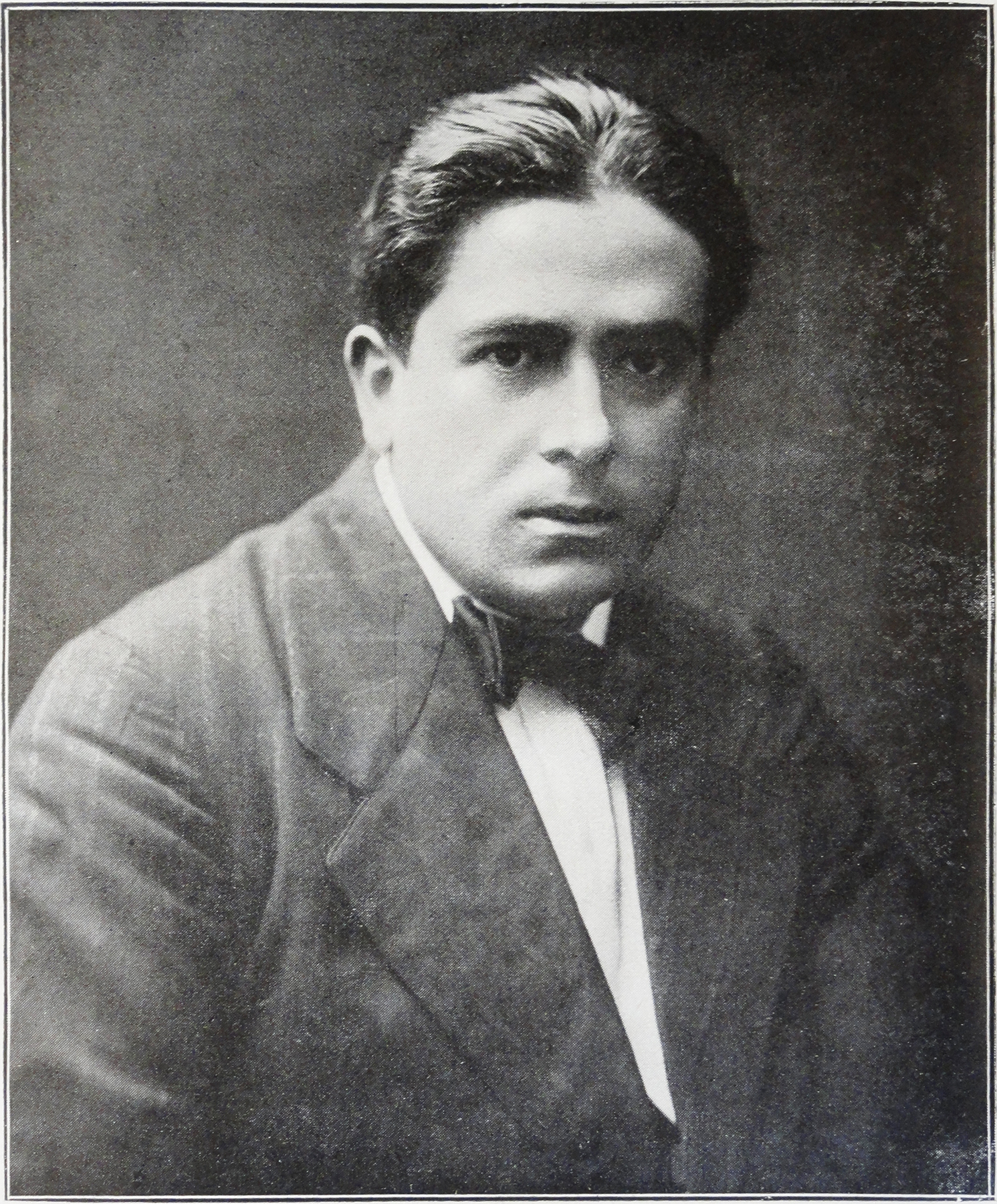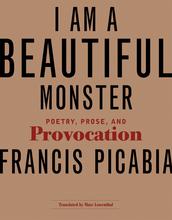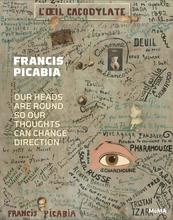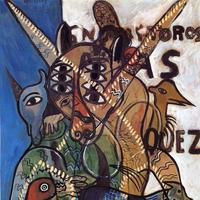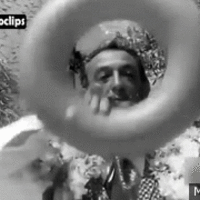More about Francis Picabia
- All
- Info
- Shop
Works by Francis Picabia

Contributor
Francis Picabia was a serial artistic movement joiner.
If he hadn’t been so good at what he did, then we would think that he was just an artistic movement social climber, but he was good…really good.
Born in 1879 in Paris, Picabia grew up in a rich, loving household that encouraged his artistic passions and abilities. He might as well have been a unicorn for how likely that is, but I digress. As a young boy, Picabia replicated all of his father’s artwork that hung in the halls of their great house. This wasn’t just some cute thing that he did as a kid. No, it was a scheme. Young Picabia proceeded to hang up his own artwork and sell the originals to pay for his stamp collection...the little rascal. His family never found out. Why he didn’t just ask his parents for the money? We’ll never know, but this little stunt is definitely indicative of Picabia’s rebellious streak.
Throughout his life, Picabia had two passions: art and being fancy. He bought cars (127 to be exact) and yachts and gambled like his life depended on it. And to top it off, he could buy art supplies and create whatever he wanted without having to worry about selling anything. This allowed him to make ridiculous works of art and experiment with different movements, hence his switching styles so frequently.
After his start in Impressionism, a jaunt through Cubism, and quick dip into Dadaism (he was sometimes referred to as “Papa Dada”) Picabia found himself reverting back to many a male’s pubescent creativity level. That is to say he started painting naked ladies. World War II was around the corner and apparently naked ladies were a Hitler-approved subject because Picabia’s work ended up in North African brothels that served Nazis and Italian Fascists. This probably (hopefully) wasn’t exactly what Picabia was expecting as the fate of his beautiful works.
Overall, Picabia’s legacy served as the starting point for artists like David Salle, Julian Schnabel, and Sigmar Polke. Even Andre Breton loved Picabia. He wrote, “Paris is bigger than Picabia, but Picabia is the capital of Paris." High praise from the man who didn’t like anyone.
Sources
- "Francis Picabia. Machines And Spanish Women." Fundaciotapies.org. Web. 15 Aug. 2017.
- "Francis Picabia Biography, Art, And Analysis Of Works." The Art Story. Web. 15 Aug. 2017.
- Cain, Abigail. "6 Things You Didn’t Know About Francis Picabia, Dadaist Master." Artsy. N.p., 2017. Web. 15 Aug. 2017.
Featured Content
Here is what Wikipedia says about Francis Picabia
Francis Picabia (
French: [fʁɑ̃sis pikabja]: born Francis-Marie Martinez de Picabia; 22 January 1879 – 30 November 1953) was a French avant-garde painter, writer, filmmaker, magazine publisher, poet, and typographist closely associated with Dada.
When considering the many styles that Picabia painted in, observers have described his career as "shape-shifting" or "kaleidoscopic". After experimenting with Impressionism and Pointillism, Picabia became associated with Cubism. His highly abstract planar compositions were colourful and rich in contrasts. He was one of the early major figures of the Dada movement in the United States and in France before denouncing it in 1921. He was later briefly associated with Surrealism, but would soon turn his back on the art establishment.
Check out the full Wikipedia article about Francis Picabia

